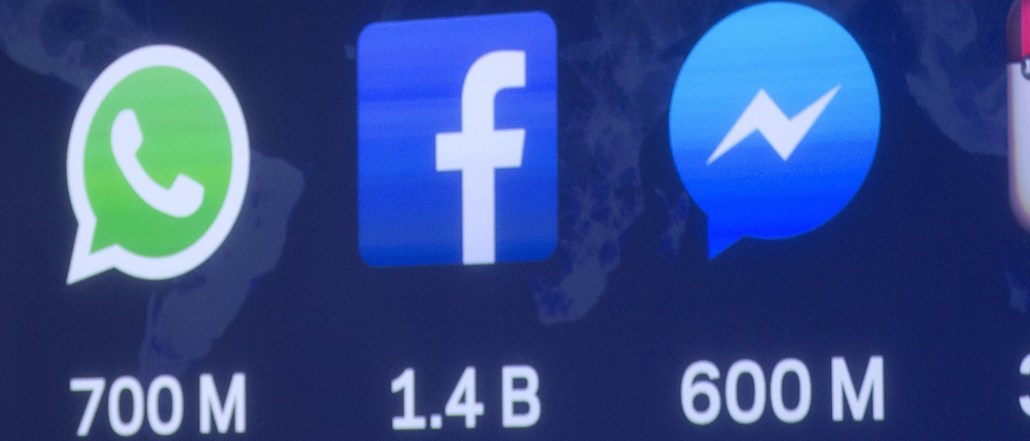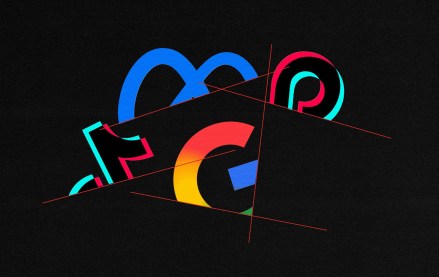
CNN has high hopes for Facebook Messenger bots.
“Our vision is to be the worldwide leader in mobile and video news storytelling. Messaging apps are in many ways as important a growth platform as mobile has been,” said CNN svp and chief product officer Alex Wellen.
Facebook opened its Messenger platform last month, letting any business create chatbots to interact with the 900 million users on the app.
CNN was among the first publishers to launch a bot in April, which is available to its global audience. CNN currently has a Facebook audience of 21.5 million people, and CNN International has 11.6 million; its bot caters to its entire worldwide audience, and the team that looks after it comes under CNN Digital Worldwide team.
The goal is to widen its international reach by tapping into new audiences around the world, and providing them with more personalized news experiences.
“Messenger apps are ripe for news as they enable that intimacy of a one-to-one conversation, but they’re also a medium to broadcast messages at scale. That’s why it’s so exciting. The big four messaging apps have overtaken the big four social platforms,” said Wellen.
This is what the team has learned so far:
If it bleeds, it leads
 It’s been live less than a month, so the publisher doesn’t have a lot of concrete data it’s willing to share on how many people have been interacting with the bots. What it does know is that specific topics: politics, social matters like race-focused stories and conflict stories, resonate the most. People are also spending an average two minutes with the bot. “We’re learning and trying to take in as much feedback from the user as possible, because it’s crucial to have the right balance. Nothing is more important than deciding how frequent the messaging is, as it’s very personal,” said Wellen.
It’s been live less than a month, so the publisher doesn’t have a lot of concrete data it’s willing to share on how many people have been interacting with the bots. What it does know is that specific topics: politics, social matters like race-focused stories and conflict stories, resonate the most. People are also spending an average two minutes with the bot. “We’re learning and trying to take in as much feedback from the user as possible, because it’s crucial to have the right balance. Nothing is more important than deciding how frequent the messaging is, as it’s very personal,” said Wellen.
Two-minute dwell times means people are at least looking at the headlines and reading some of the stories. Wellen added that a good percentage — “double digits” — has asked the bot questions, either in full sentences or using keywords. Some of the most popular stories have related to Trump and Clinton, and also London’s new Mayor Sadiq Khan, who’s had regular public spats with Trump, he said.
Location, location, location
CNN’s domestic and international stories have been running through Messenger, though it hasn’t yet geo-targeted the information yet. It plans to segment the audiences for Messenger on a country-by-country basis. It will build out the meta-data on all CNN’s content worldwide and then work with tech partners, as well as develop its own solutions, to develop its algorithms, artificial intelligence, and ability to do semantic analysis of natural language.
The human touch
Delivering a more personalized news experience to individual readers, albeit at scale, is at its core fraught with tension. That’s what Wellen wants to address. “The fidelity relies on how advanced these chat bots are, and how we make them more chat than bot. We all know what it feels like to talk to an automated service.”
Like several other publishers, CNN worked with a tech partner — Outbrain, in this instance — to build its bot. More work will need to go into refining the bot’s ability to recognize context and semantics. “The key is finding good partners to build an experience that’s able to intuit what you’re looking for. Are you looking for a story on a particular prince or the artist Prince? It’s all about context and timing.”
CNN is also investing in exploring voice-activated app products. That’s not necessarily confined just to Messenger, but on any app or platform that offers voice-based services like Apple’s Siri, Google Voice and IBM ViaVoice products, according to Wellen.
Facebook remains in back of Line
Of course, Facebook Messenger isn’t the only exciting distribution app in town. Japanese messaging app Line has become an attractive new distribution tool for publishers, as has U.S. messaging app Kik, where CNN is poised to launch on. The Economist and the Wall Street Journal have both set up shop on Line, with the latter accruing 2 million followers making it the fastest-growing platform for the publisher.
Wellen had been eyeballing Line even before CNN launched on the app. “There are so many ways to communicate beyond the simple text, through images or emoji stickers,” he said. “On Line, you can provide a feed but also publish directly to the individual.” CNN launched on Line in April and has had 400,000 downloads. International breaking news and video perform particularly well. “It’s surprised all of us how much of a need there was for news to play in that space. So many people spend their entire day on Line.”
Facebook hasn’t put quite the same marketing power behind promoting Messenger bots as Line has yet, which is partly why there hasn’t been a stampede of publishers jumping on it. For now, discoverability is still tricky for publishers. “Line has been great, though Facebook and Kik have been more like soft launches. That will change, I’m sure,” added Wellen.
More in Media

Digiday+ Research: Nearly half of publishers report an increase in referral traffic from social
Nearly half of publishers have seen an increase over the last year in the referral traffic they get from social media platforms, according to a Digiday+ Research survey.

Boston Globe, Future, Vox Media join ProRata’s generative AI licensing model
A fresh wave of publishers have signed up for ProRata’s revenue share program, and some are adding its AI search engine to their sites.

Media Briefing: Affiliate isn’t dead, say publishers – but it must evolve in the AI era
Publishers say affiliate and commerce businesses need to evolve in the AI search era.





